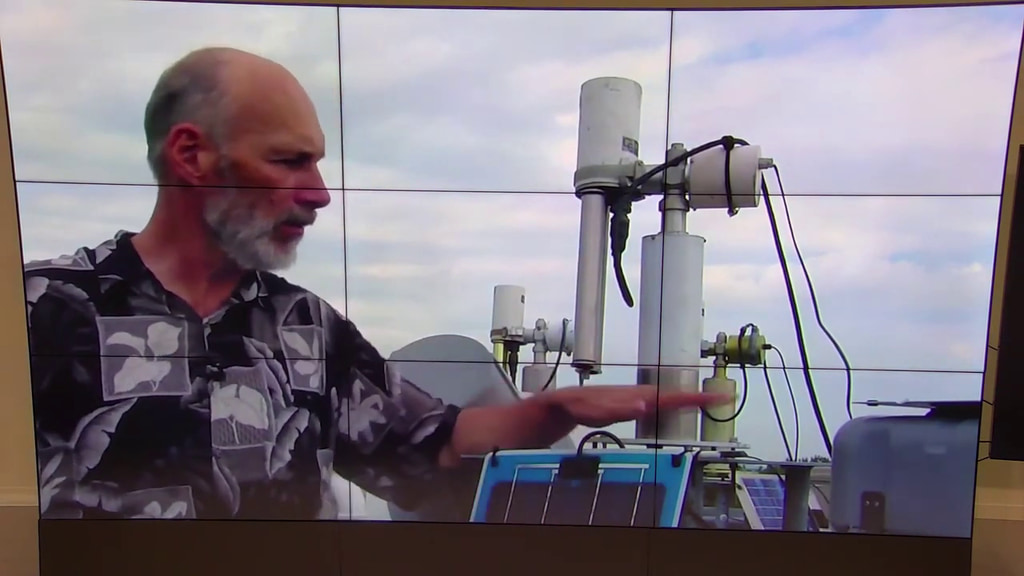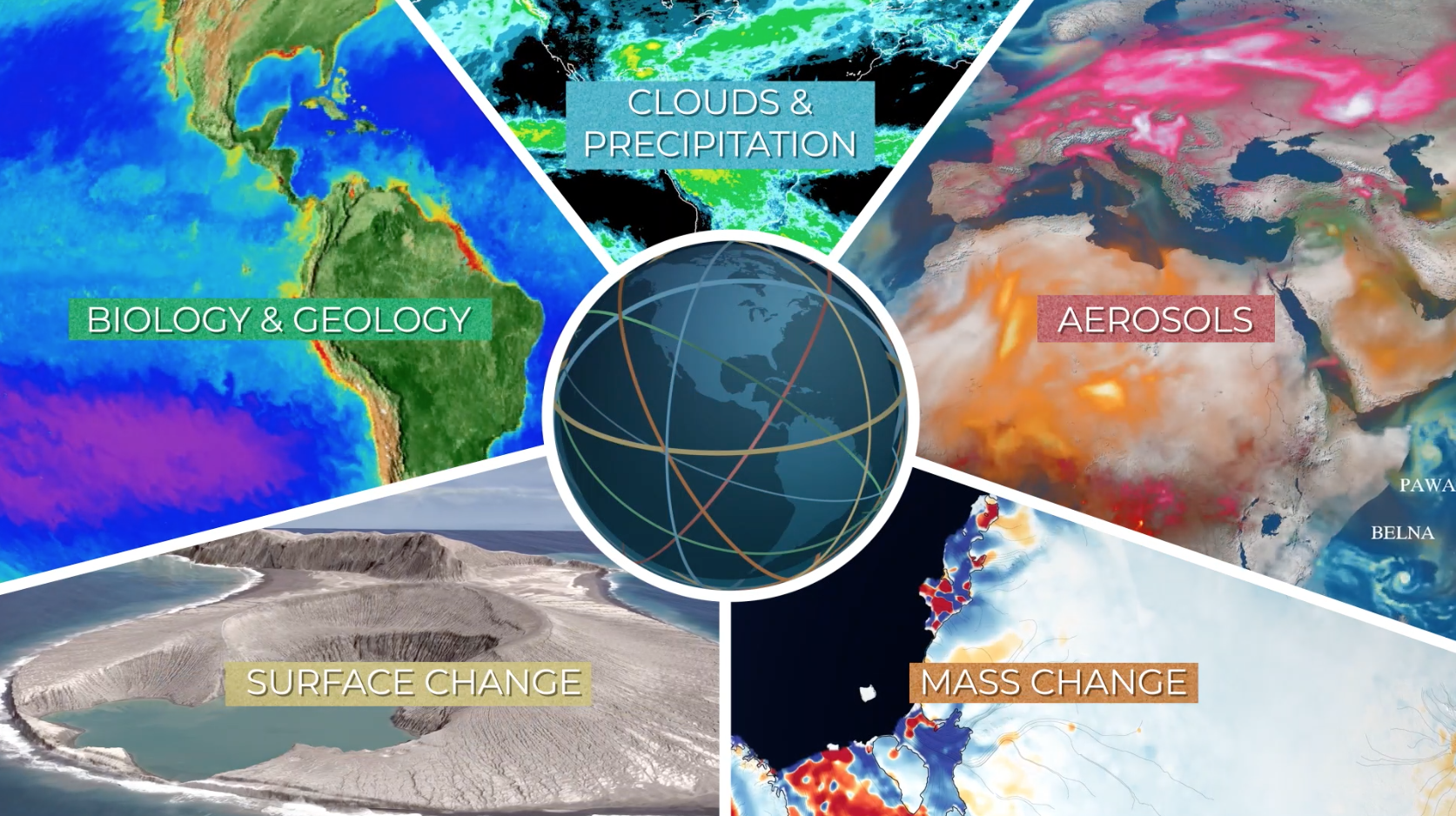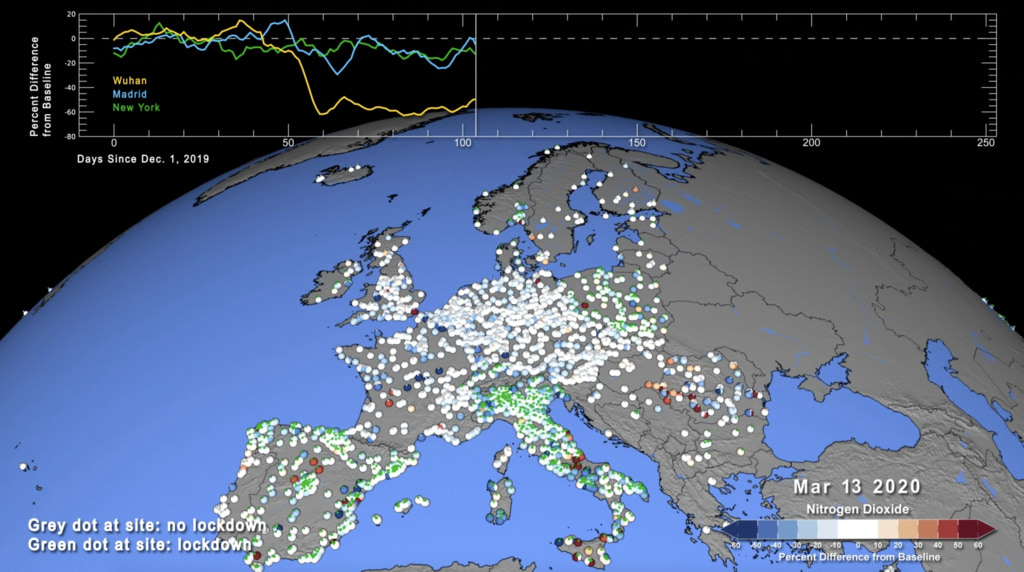Global Transport of Smoke from Australian Bushfires
Animation of global aerosols from August 1, 2019 to January 29, 2020
This visualization shows the global distribution of aerosols, generated by NASA’s GEOS-FP data assimilation system, from August 1, 2019 to January 14,2020—capturing the aerosols released by the extreme bushfires in Australia in December 2019 and January 2020 and how they are transported around the globe over the South Pacific Ocean.
Different aerosol species are highlighted by color, including dust (orange), sea-salt (blue), nitrates (pink), sulfates (green), and carbon (red), with brighter regions corresponding to higher aerosol amounts. NASA's MODIS observations constrain regions with biomass burning as well as the aerosol optical depths in GEOS, capturing the prominent bushfires in Australia and transport of emitted aerosols well downstream over the South Pacific Ocean. Weather events including Hurricane Dorian in August – September 2019 and other tropical cyclones around the world, along with major fire events in South America and Indonesia in August - September 2019 are also shown.
The local impacts of the Australian bushfires have been devastating to property and life in Australia while producing extreme air quality impacts throughout the region. As smoke from the massive fires has interacted with the global weather, the transport of smoke plumes around the global have accelerated through deep vertical transport into the upper troposphere and even the lowermost stratosphere, leading to long-range transport around the globe.
Time series starting in Dec 2019 and going through Jan 2020.

Color tables for the different aerosols visualized.
For More Information
Credits
Please give credit for this item to:
NASA's Goddard Space Flight Center
-
Scientist
- William Putman (NASA/GSFC)
Release date
This page was originally published on Monday, March 30, 2020.
This page was last updated on Sunday, January 5, 2025 at 12:34 AM EST.


